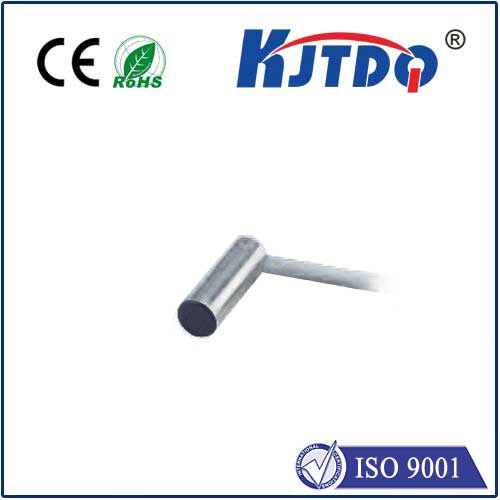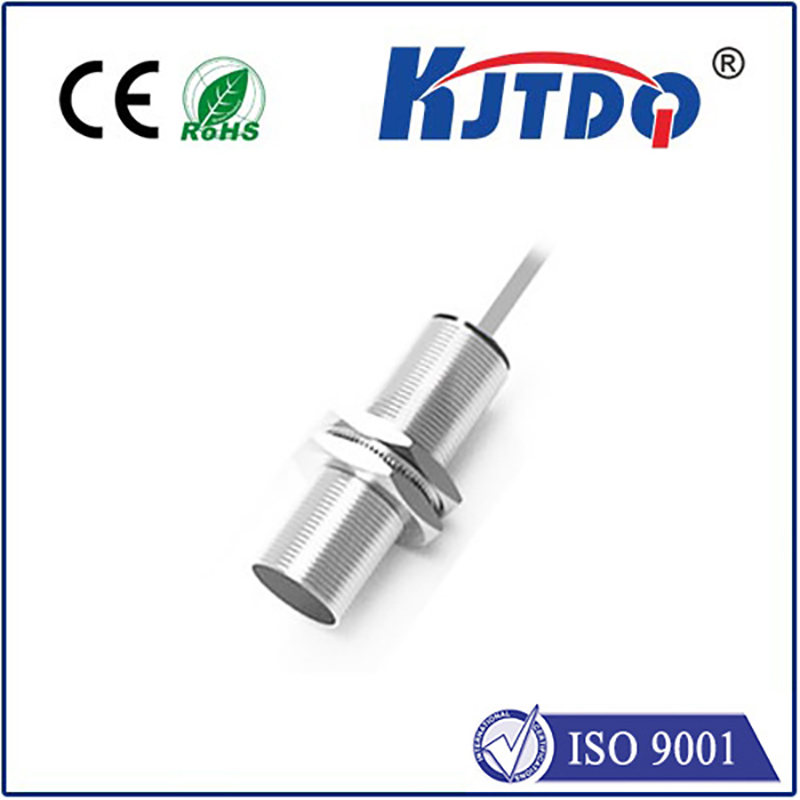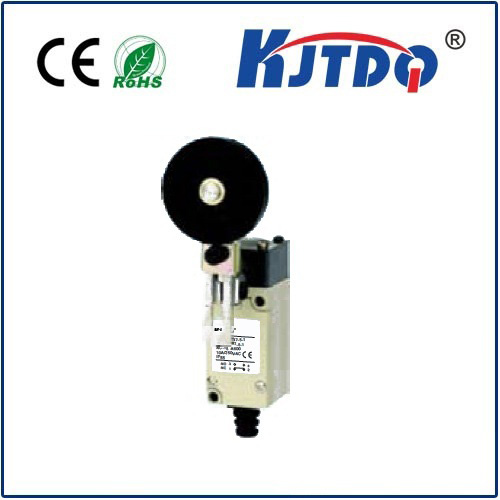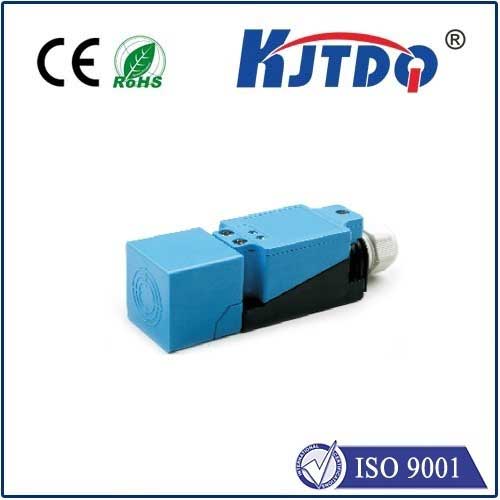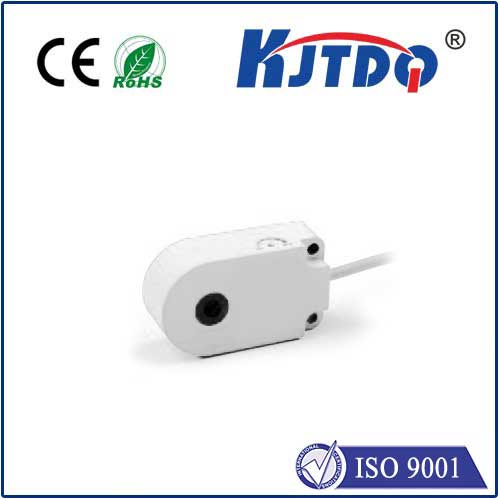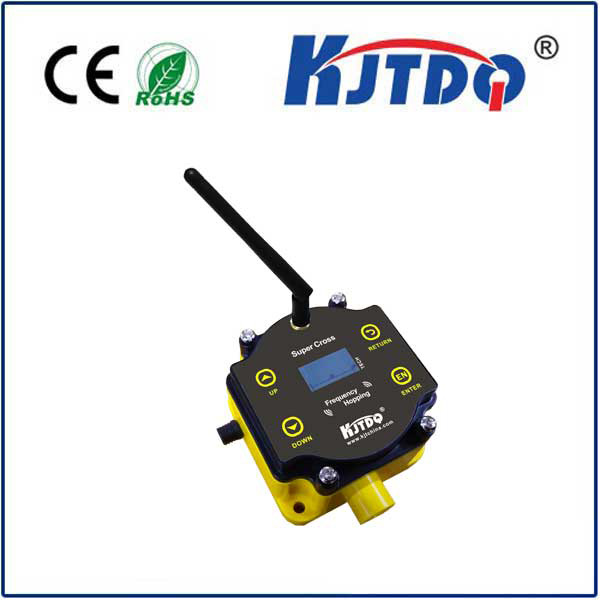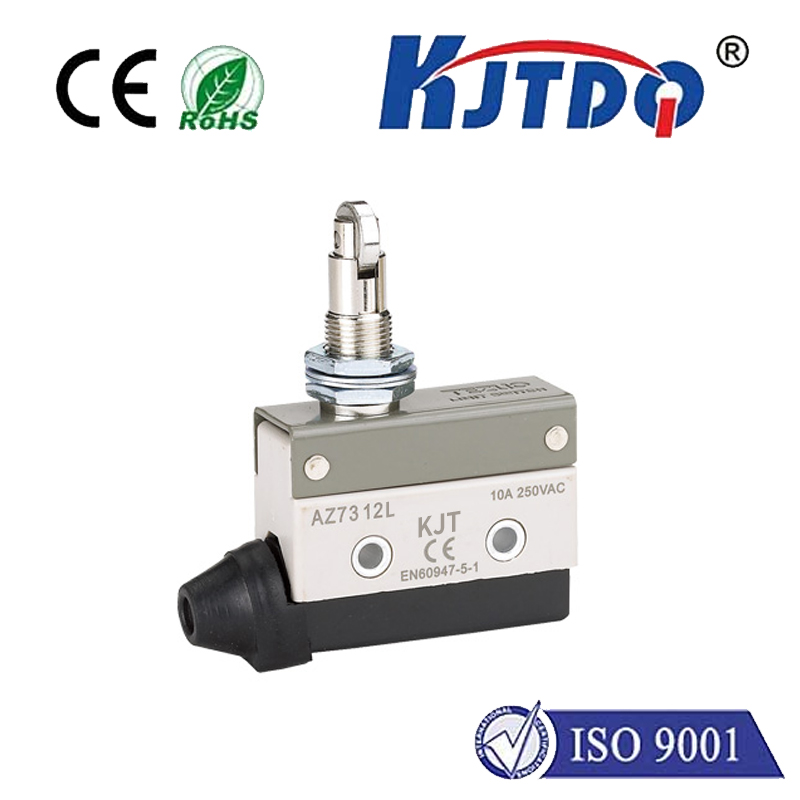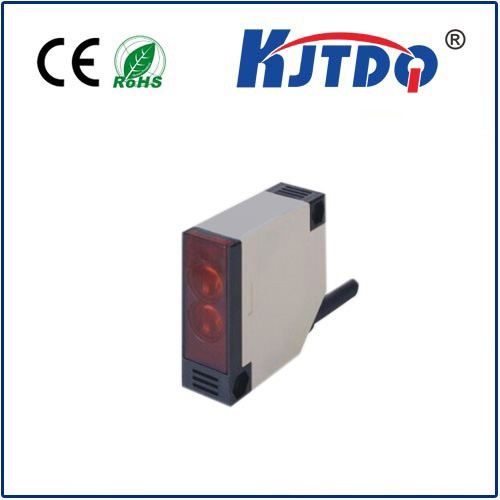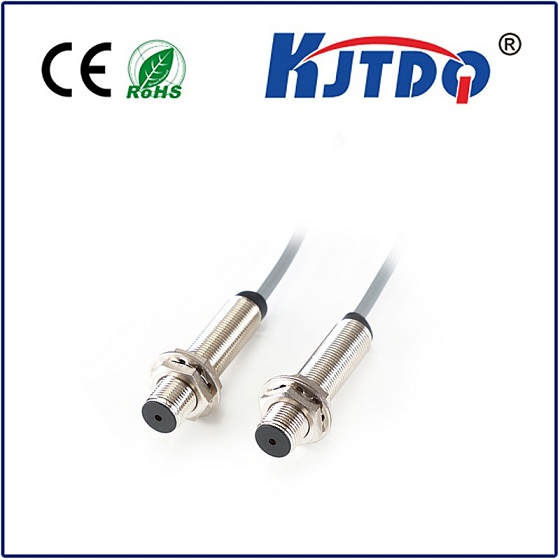thread temperature sensor
- time:2025-08-21 03:42:17
- Нажмите:0
Thread Temperature Sensors: Precision Monitoring Where It Matters Most
In the intricate world of temperature measurement, sometimes the most critical data comes from the tightest spaces, the fastest-moving components, or the environments where robust physical mounting is non-negotiable. This is precisely where the often-overlooked hero, the thread temperature sensor, steps into the spotlight. More than just a sensor with threads, these devices represent a powerful combination of direct thermal coupling and mechanical security, essential for accurate, reliable, and actionable data in demanding applications. Whether referring to specialized thermistors or robust industrial probes, the threaded design is key to their performance.
Unpacking the “Thread Temperature Sensor” Concept
At its core, the term “thread temperature sensor” describes a temperature measuring device specifically designed for installation via threaded connection. This typically involves:
- Sensor Element: The core technology sensing heat (commonly a thermistor, RTD, or thermocouple).
- Threaded Housing/Probe: A robust metal sheath (stainless steel is prevalent) featuring external or internal threads.
- Connection Point: Wires or a terminal head for integrating the sensor into a monitoring or control system.
The defining characteristic is the threaded interface. This isn’t merely about attachment; it’s about achieving optimal thermal transfer and ensuring mechanical integrity under challenging conditions like vibration, pressure, or the need for frequent removal and re-installation.

Why Threads Matter: The Core Advantages
Integrating threads into the sensor design unlocks several critical benefits:
- Superior Thermal Contact: Threading allows the sensor to be torqued securely into a matching threaded port (often called a thermowell or directly into a process). This creates a large, consistent surface area contact between the sensor tip and the material whose temperature is being measured. This direct, high-pressure contact minimizes thermal lag and significantly improves measurement accuracy compared to sensors merely clipped or glued in place.
- Robust Mechanical Mounting: Threads provide exceptional resistance to vibration and mechanical shock. Sensors won’t shake loose in high-vibration machinery, pipelines, or mobile equipment. This reliability is crucial for critical processes and safety systems. The threaded connection essentially anchors the sensor.
- Sealing and Pressure Resistance: When combined with sealing washers or tapered threads (like NPT), threaded sensors create a reliable seal. This prevents leaks in pressurized systems (hydraulics, pneumatics, refrigeration) and protects the sensor internals from moisture, dust, or process media ingress. This is vital for durability and longevity.
- Ease of Installation and Maintenance: Threaded sensors can be easily screwed into pre-tapped holes. More importantly, they allow for simple removal for calibration, replacement, or inspection without requiring major disassembly of the surrounding equipment. This reduces downtime and maintenance costs.
- Многогранность: Thread types (metric, NPT, BSP) and sizes are highly standardized. This allows a single sensor design to be adapted to countless different machines and systems simply by matching the thread specification. Standardization streamlines sourcing and integration.
Key Applications: Where Threaded Sensors Thrive
The unique advantages make thread temperature sensors indispensable across numerous sectors:
- Industrial Process Control: Monitoring temperatures in reactors, extruders, injection molding machines, heat exchangers, and pipelines. Precise thermal control is vital for product quality and process efficiency. Threaded thermocouples or RTDs embedded in thermowells are commonplace.
- HVAC&R (Heating, Ventilation, Air Conditioning & Refrigeration): Ensuring efficient operation and preventing freeze-ups in chillers, compressors, condensers, and refrigerant lines. Threaded thermistors and RTDs monitor critical points reliably under pressure and vibration.
- Automotive & Aerospace: Engine block temperature monitoring, transmission fluid temperature, exhaust gas temperature sensing, hydraulic fluid temperature, and avionics cooling. Threaded sensors withstand the extreme vibration, temperature swings, and harsh fluids inherent in these environments.
- Power Generation: Monitoring bearings, transformers, generators, turbines, and cooling systems. Reliability and accuracy under high temperatures and pressures are paramount.
- Hydraulics & Pneumatics: Preventing overheating in pumps, motors, valves, and reservoirs. Overheating is a primary cause of fluid degradation and system failure. Threaded sensors provide secure, leak-proof monitoring.
- Plastics & Food Processing: Ensuring consistent melt temperatures and safe food processing conditions through the barrel of extruders and molding machines or inside tanks and pipes.
- 3D Printing: High-end printers often use threaded thermistors or thermocouples embedded directly into the heater block for precise nozzle temperature control critical for print quality.
Threaded Thermistors: A Specific Powerhouse
While “thread temperature sensor” can encompass various technologies, the threaded thermistor is a dominant subset. Thermistors, known for their high sensitivity within a specific temperature range, become incredibly versatile when housed in a threaded probe.
- Fast Response: The combination of the thermistor’s inherent sensitivity and the excellent thermal coupling achieved via threading results in incredibly rapid detection of temperature changes. This is crucial for responsive control systems.
- Compact & Precise: Thermistors are small. Housed in a threaded probe, they can be installed in tight spaces while still delivering high accuracy around their design temperature point (commonly used for ranges like -50°C to 150°C).
- Эффективность затрат: Thermistors are generally less expensive than RTDs or thermocouples, making threaded thermistor probes a highly economical solution for applications where their range and accuracy suffice.
Selecting the Right Thread Temperature Sensor
Choosing the optimal sensor involves considering several factors beyond just the thread size:
- Temperature Range & Accuracy: Match the sensor technology (thermistor, RTD, thermocouple) to the required operating range and accuracy level.
- Application Environment: Consider chemical exposure, pressure levels, moisture, vibration, and potential for mechanical damage. This dictates material choices (e.g., 316 stainless steel sheath) and sealing requirements.
- Response Time: How quickly must the sensor detect temperature changes? Threaded thermistors generally offer the fastest response in their range.
- Thread Type & Size: M8x1, 1⁄4” NPT, 1⁄2” BSP? Ensure compatibility with the installed port or specify the required tap.
- Connection & Output: Specify the lead length, wire type (high-temp, shielded), connector type, and electrical output needed (e.g., NTC thermistor curve, Pt100 RTD resistance).
- Compliance Needs: Does the application require specific certifications (ATEX, UL, CE, FDA compliance for food contact)? Verify sensor ratings.
Thread temperature sensors are far more than just a convenient mounting method. They are the fundamental solution for achieving accurate, reliable, and robust temperature monitoring wherever secure mechanical integration and optimal thermal transfer are non-negotiable requirements. From ensuring the smooth operation of complex industrial machinery to guaranteeing the safety and efficiency of your car’s engine, these threaded workhorses provide the critical thermal data that keeps countless systems running optimally. Understanding their advantages and proper selection criteria empowers engineers and technicians to implement the most effective temperature sensing solution for their specific challenges.

